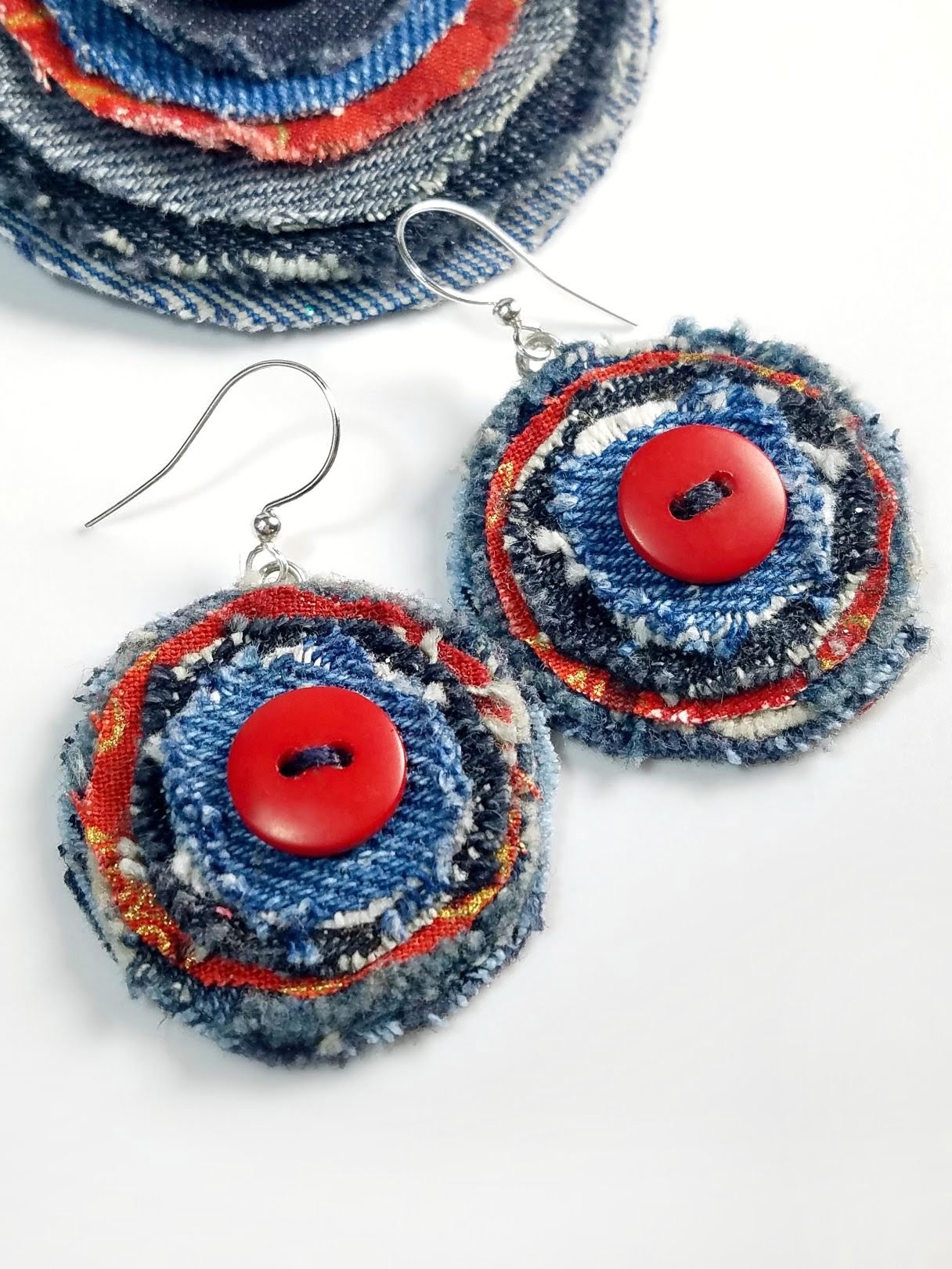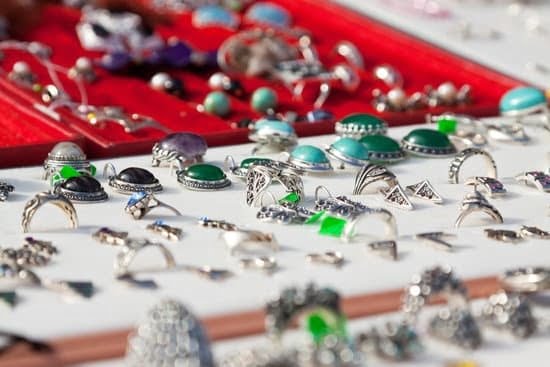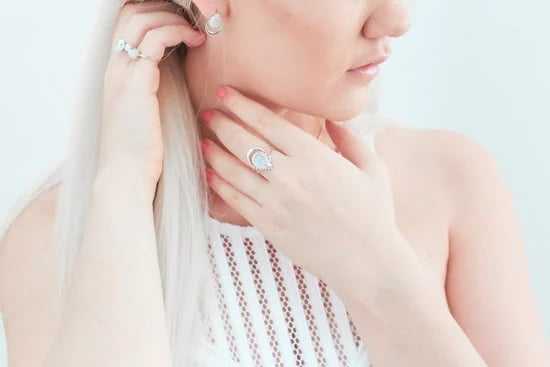Introduction
Jewelry insurance is an important form of asset protection that should be considered for those who own valuable jewelry items. Jewelry items may include things like engagement and wedding rings, family heirlooms, watches, specialty gems, and other pieces of precious jewelry. Jewelry insurance, also known as jewelry floater or personal articles policy (PAP), can help protect your assets by covering repair and replacement costs in the event that something happens to happen to your jewelry items.
This type of coverage can provide several benefits for those who own jewelry or any other valuable item, including items such as artwork, antiques, furs, collectibles and electronics. With jewelry insurance you can have assurance that in case of theft or damage from fire or a natural disaster like a flood or strong storm you will be compensated for any losses. The coverage provided often includes the cost of repair if it’s possible, again depending on the exact terms of your policy. Most policies also offer some special coverage in cases where the item becomes lost and can’t be recovered; however most companies set limitations on how much they will pay out per occurrence.
For this reason it is important to thoroughly read through your policy’s conditions and become familiar with its specifics before making any assumptions about what will and won’t be covered under certain circumstances. To ensure maximum protection it is generally recommended to purchase a policy that guarantees full reinstatement value which would reimburse you completely regardless if fault was yours or not; this way you don’t have anything to worry about when it comes to replacing costly items.
Types of Jewelry Eligible for Insurance and Reasons To Insure
Jewelry insurance covers a variety of items such as watches, rings, earrings, necklaces and bracelets. Fine jewelry is often more expensive than everyday jewelry and for this reason can be worth more to insure. Often times these items also carry special sentimental value and sentimental reasons may be the primary driver behind insuring them.
Other kinds of jewelry that can be covered are antique pieces, loose gemstones, engagements rings and wedding bands. There are numerous specific reasons why you may want to insure your jewelry. Some reasons include maintaining adequate coverage in case of theft, loss or damage caused by natural disasters like fire and flooding. In addition, depending on which insurance company you choose to use premiums paid towards the policy will also cover damages that occur due to accidents such as dropping the piece or it being caught in a door hinge or fading over time due to age and exposure. Lastly but equally important if your jewelry is stolen it may have an impact on the value after being replaced with a replacement of lesser quality meaning insuring your jewelry may protect its intrinsic value if faced with such difficult situation.
Insurance Coverage
Jewelry insurance covers damages, repair and replacement of jewelry items such as rings, bracelets, earrings and necklaces. While many policies provide broad coverage for theft, accidental loss and damage to the jewelry itself, there can be exceptions or exclusions depending upon the policy language. Insurers will generally not cover lost stones that didn’t come from a reputable source or have a proper appraisal; loss due to wear and tear; mechanical breakage of fragile jewelry like watches; religious artifacts; or jeweler-related flaws like prongs coming loose.
Insurers typically cover traditional hoop earrings as well as diamond studs and small/mid-sized pieces. Coverage can include provisions for replacing lost item at current market value along with catalog pieces or antique jewelry selecting when only one of a pair is lost or stolen. This helps to ensure that the right style piece is available in accordance with what was originally purchased. Jewelry appraised at over $15,000 may need to be listed on an individual basis in order for it to be insured under the policy – these higher value items cover more severe perils than those which are lower priced designs. Additionally, those sensitive items (particularly diamonds) may require an additional rider indicating special terms in connection with appraisals and reclamation paperwork related to conflict minerals so that the piece conforms with customary industry regulations set forth by organizations like the Kimberley Process Certification Scheme.
Comprehensive Coverage
Jewelry insurance covers the loss, theft, damage, and disappearance of jewelry items. It may also protect against the repair or replacement costs for items damaged due to wear and tear. Many policies also offer additional coverage provisions such as transportation protections for valuable items in transit and accidental breakage coverage. Depending on the insurer, coverage may be provided for counterfeit items purchased from online vendors. Some policies provide coverage for appraised value losses due to changes in market prices and inflationary increases. Furthermore, some insurers offer reimbursement for document preparation fees associated with appraisal papers or other related documents that prove the authenticity of a piece of jewelry such as a certificate of authenticity or a receipt from a reputable jeweler. Additional riders may be purchased to cover sudden loss of stones or pieces due to theft or negligence by cleaners or others working with your jewelry.
Common Exceptions to the Policy
Jewelry insurance generally covers items that are lost, damaged, or stolen. It is important to know that most policies come with specific restrictions; therefore, it is essential to read the policy carefully. Common exceptions to the jewelry insurance policy may include loss due to normal wear and tear, intentional acts by the owner, unexplained disappearance, mechanical damage or faulty repair service, and theft from an unlocked location. The specified events that would be covered will depend on the policy itself and the terms of coverage. It is not uncommon for theft without forcible entry to be excluded from coverage because of the difficulty in determining whether a piece was taken with malicious intent or not. Ensure you read your policy thoroughly before making a decision regarding jewelry insurance coverage so you understand what exactly is included in the policy.
Theft and Loss Protection
Jewelry insurance typically covers theft and loss protection for jewelry owners. In cases of theft, the owner should file a police report and contact the insurer as soon as possible to begin filing a claim. Usually, the insurance company will investigate to ensure that it was indeed stolen before attempting to pay out a claim. With loss protection, jewelry owners need to take steps in order to protect their pieces – such as keeping them in a safe place and not wearing certain items outside of the home or office (if they are especially valuable). Additionally, many insurance policies provide coverage for breakage or damage caused by natural events like floods, fires, or earthquakes – however this may depend upon the policy chosen by the owner and its terms of coverage.
Real-Life Claims Review
Jewelry insurance coverage goes beyond just theft and loss, as jewelry can also be damaged. If a piece of jewelry becomes lost or damaged in an accident, people often turn to their policy to help them replace it. A number of different cases can fall under this category, such as unexpected breakage of a necklace while it is being worn, damage resulting from an overly-energetic pet or water intrusion from floods or leaky plumbing. One inspiring story involved a woman who left her expensive diamond ring in the pocket of her jeans which were then washed, thus destroying the diamond; the woman was able to reclaim her ring with help from the insurer. In another case, a man’s wedding band was snapped off his finger during a car accident; he submitted a claim and had his beloved ring replaced at no cost to himself. Jewelry insurance covers such eventualities and offers peace of mind for its customers in the event that any items get damaged or lost through no fault of their own.
Conclusion
Jewelry insurance is incredibly beneficial for anyone who owns jewelry items of any kind. Not only does coverage provide peace of mind in the event that something happens to your precious belongings, it also offers financial protection. If a piece of jewelry is lost, stolen or damaged, the cost to repair or replace what you’ve lost can be staggering. Jewelry insurance often covers reimbursement for repairs, restoration to pre-accident condition and full replacement cost if your item cannot be fixed or recovered. In addition, some policies offer coverage for accidental damage and loss. This means if you happen to break a ring while working around the house or accidentally drop it off a balcony, your policy may cover the damages depending on the type of policy you have chosen. Ultimately, jewelry insurance provides both emotional and financial security in knowing that what matters most will be covered no matter where you are or the circumstance.
FAQs
Jewelry insurance is a specialized policy that covers items of value such as necklaces, earrings, watches and other jewelry. Jewelry insurance typically provides coverage for losses caused by theft, accidental loss or damage to the jewelry item.
This coverage may also provide reimbursement up to a set sum or percentage of the insured jewelry’s retail cost. Extensions are typically available to cover some types of newly acquired pieces; however, most policies are time-framed and have an expiration date. Depending on the nature of the policy, repair costs for certain damages due to everyday wear-and-tear may also be covered.
Common questions about jewelry insurance include:
1. What type of jewelry is covered? Most policies cover all types of fine jewelry including watches, necklaces and earrings made from precious metals like gold and silver, gemstone settings, etc., although some providers may limit the items that can be insured.
2. Does my homeowner’s or renter’s insurance policy protect my jewels? It depends on your individual policy—most standard policies only provide limited coverage for theft or accidental loss in your home while a specialized jewelry insurance policy can provide broader protection with broader exclusions than other policies would offer.
3. Will I need to appraise my items before they can be insured? In most cases yes—an appraisal will prove useful in proving how much money it would take to replace each item in case it was lost or stolen. This information generally needs to be provided at the time you purchase the policy since it will help inform the details of the coverage you receive.
Takeaways
Jewelry insurance covers a variety of items, including rings, necklaces and earrings. Typically, policies provide coverage for accidental physical damage, mysterious disappearance, theft or loss.
In addition to providing replacement value coverage with no deductible, some policies also offer reimbursement for repairing damaged jewelry as well as the cost to replace missing gemstones or diamonds set within the jewelry. Some companies will even repair and/or replace items free of charge in the event of a covered claim.
When choosing a jewelry insurance policy, it is important that the policy limits accurately reflect the purchase price and replacement cost of your valuable pieces. In some cases, it may be beneficial to consider getting appraisal certificates for certain items too. To reduce risk further, store valuable pieces in secure locations when not wearing them and create photos or videos showing specifically what you own so you can easily file a claim should something ever happen.

Welcome to my jewelry blog! My name is Sarah and I am the owner of this blog.
I love making jewelry and sharing my creations with others.
So whether you’re someone who loves wearing jewelry yourself or simply enjoys learning about it, be sure to check out my blog for insightful posts on everything related to this exciting topic!





